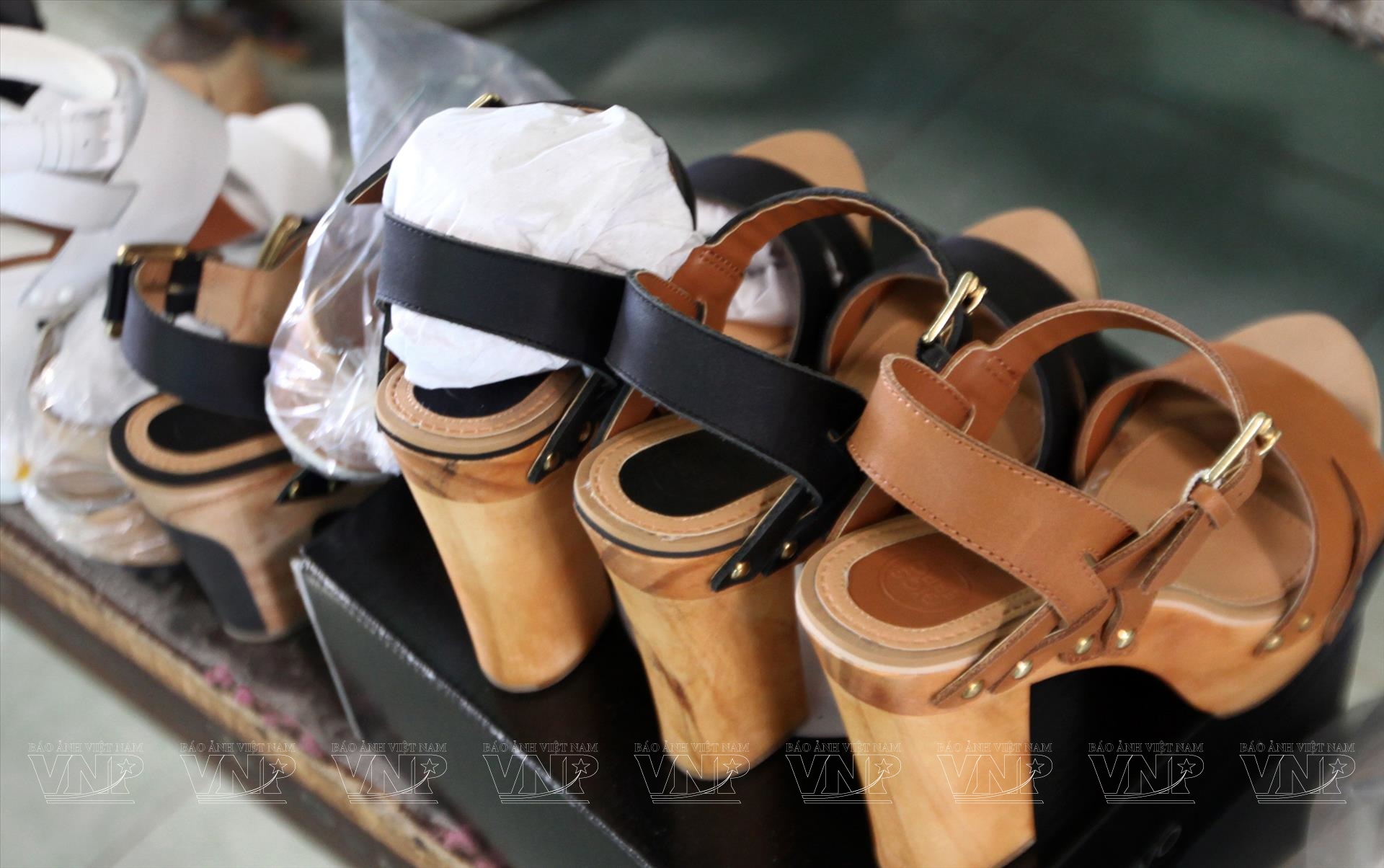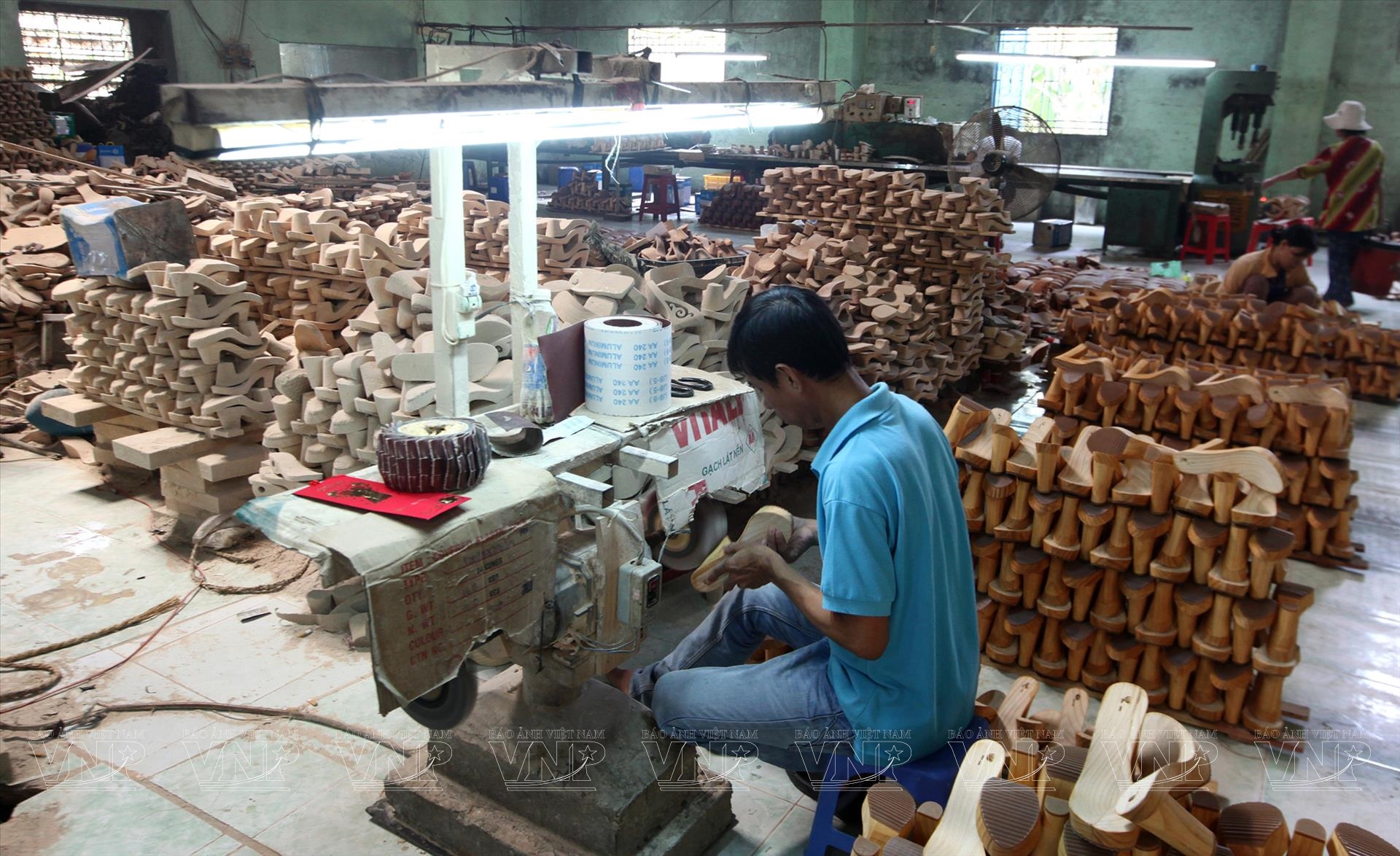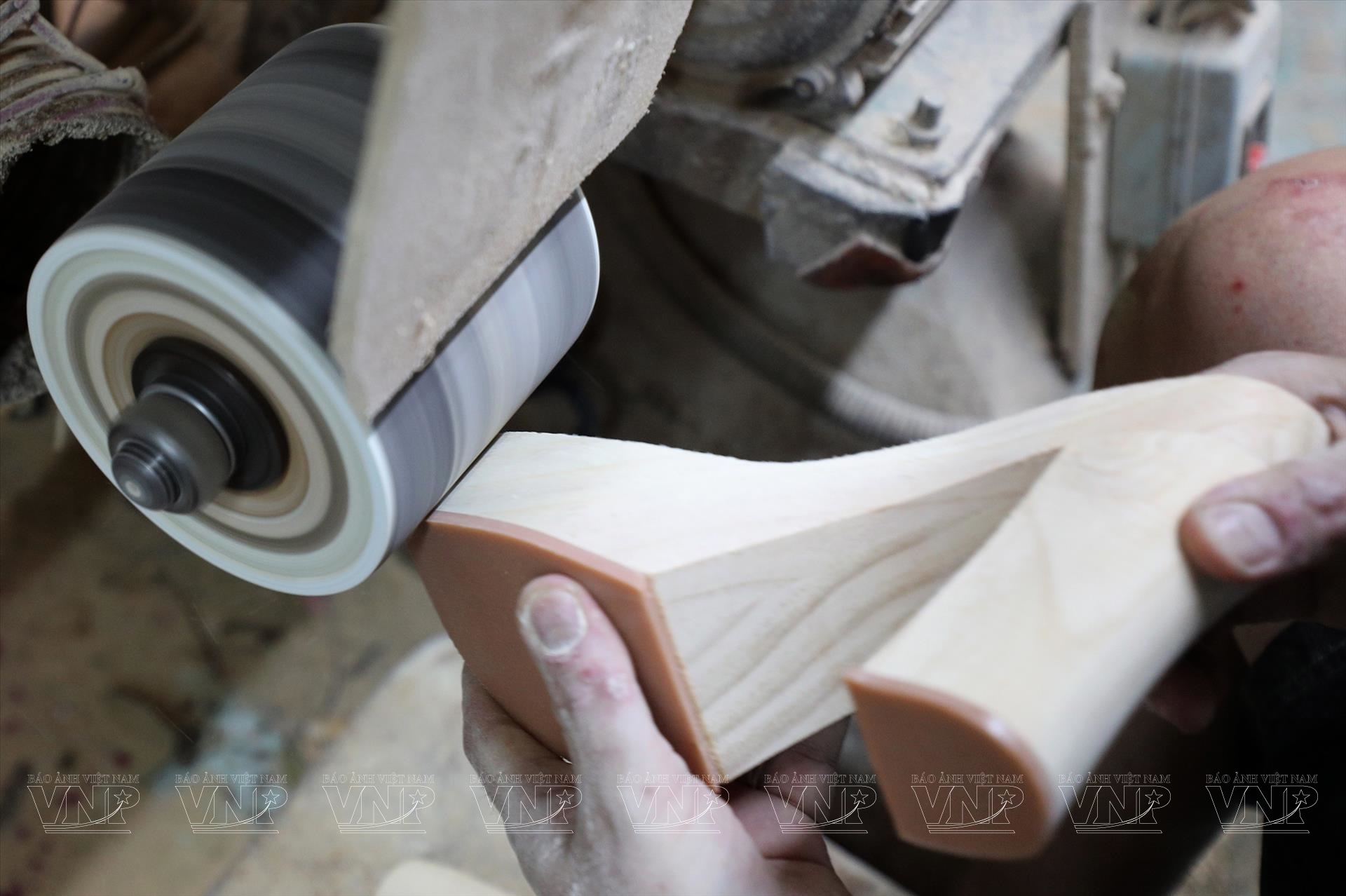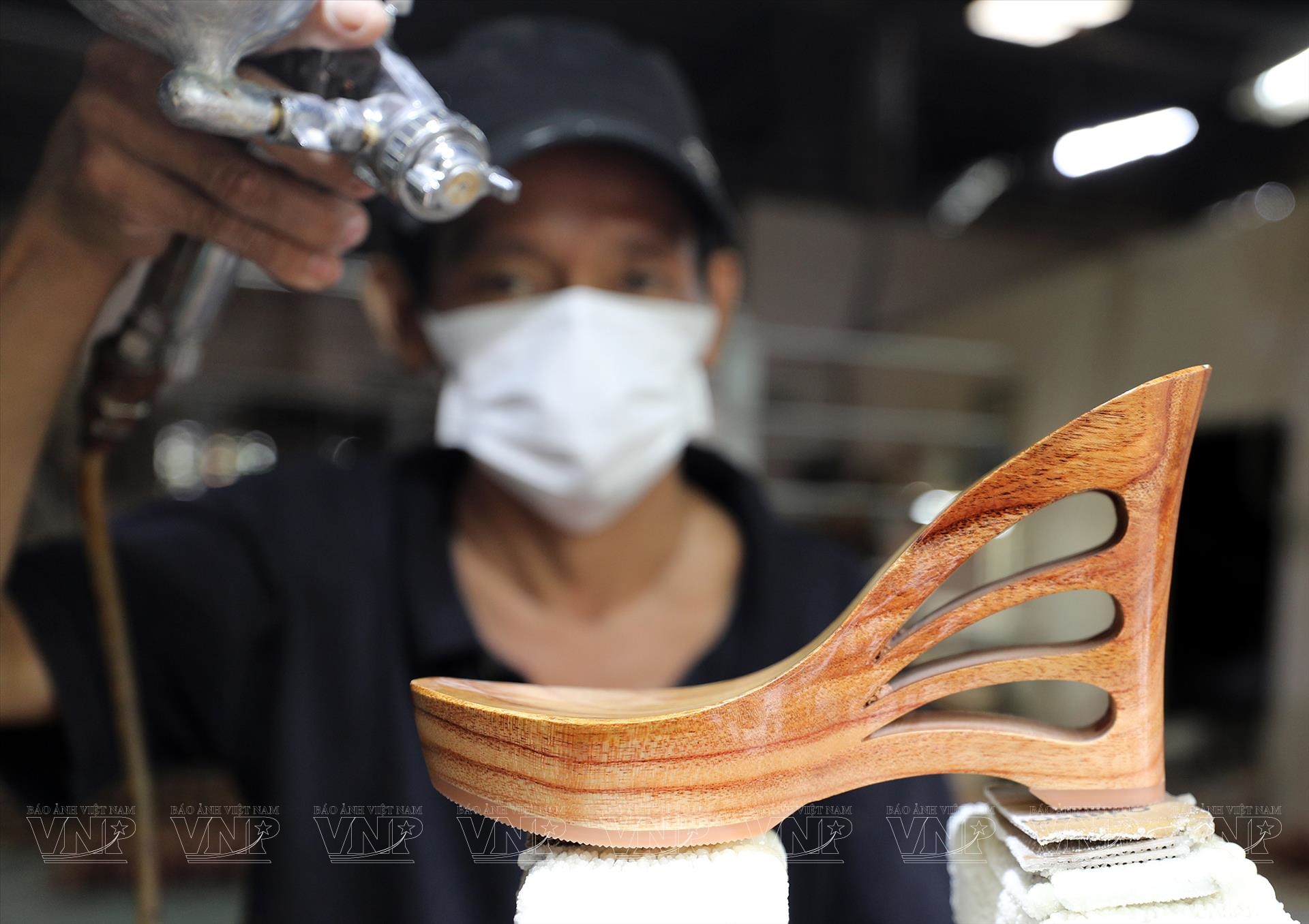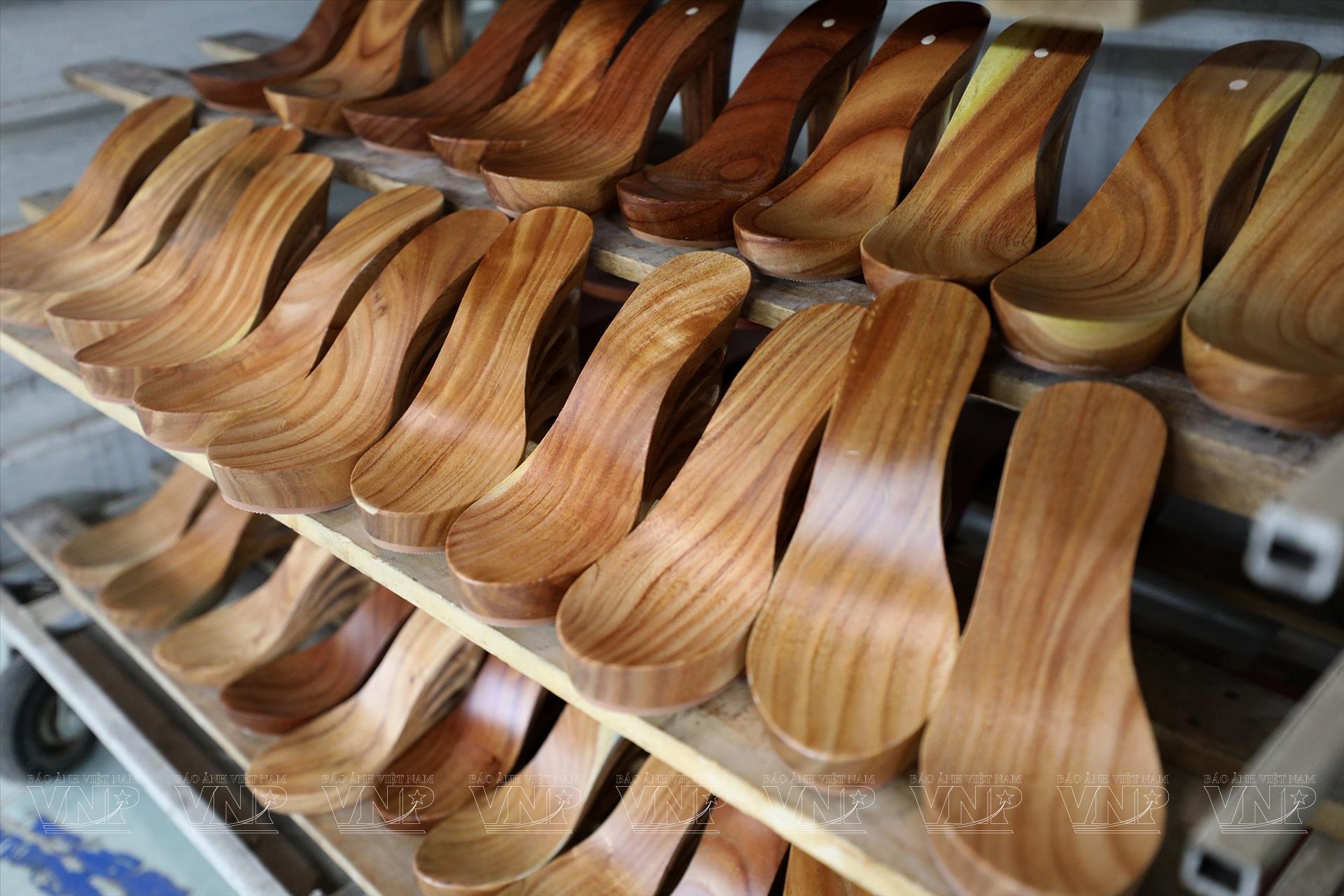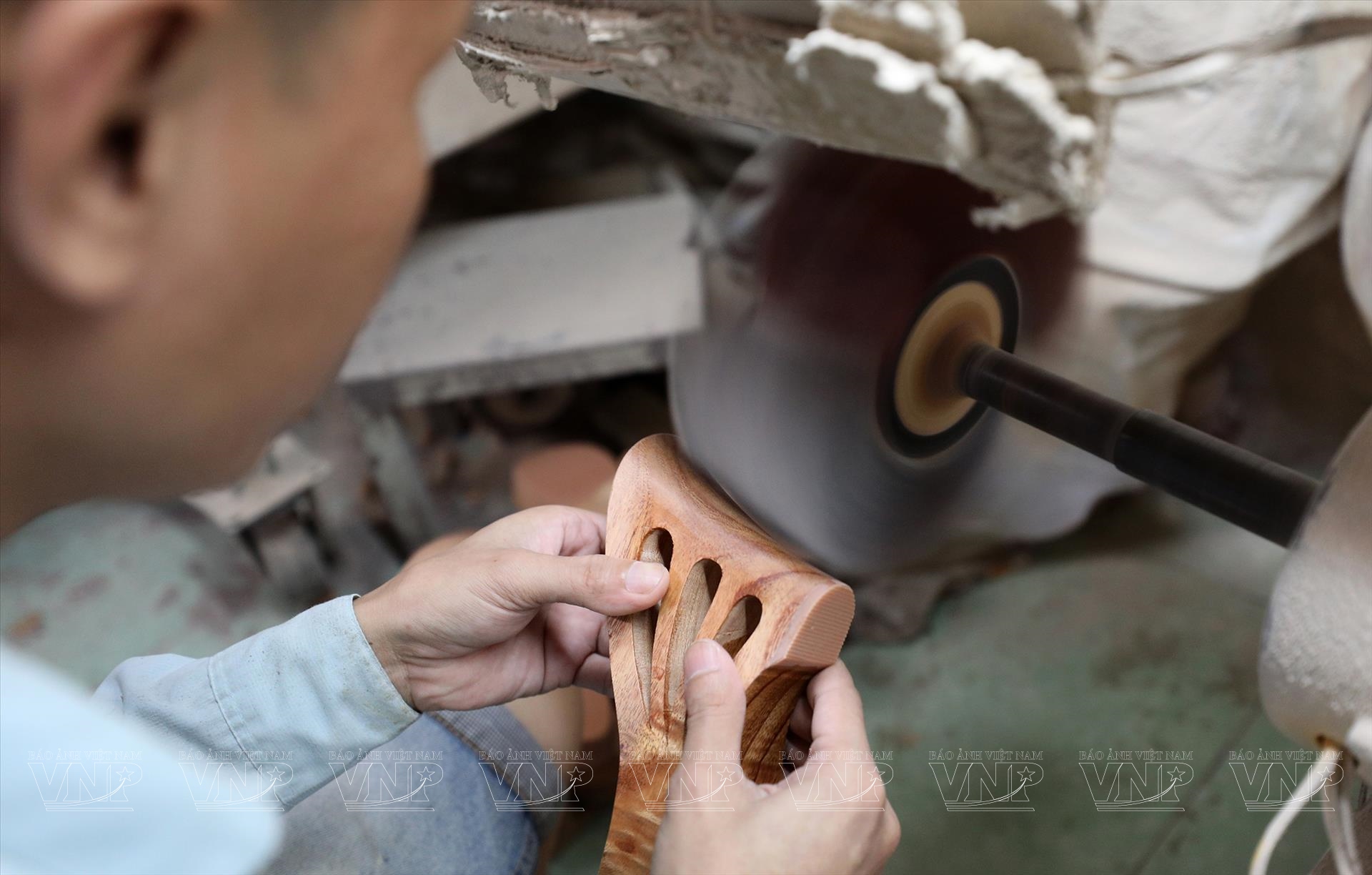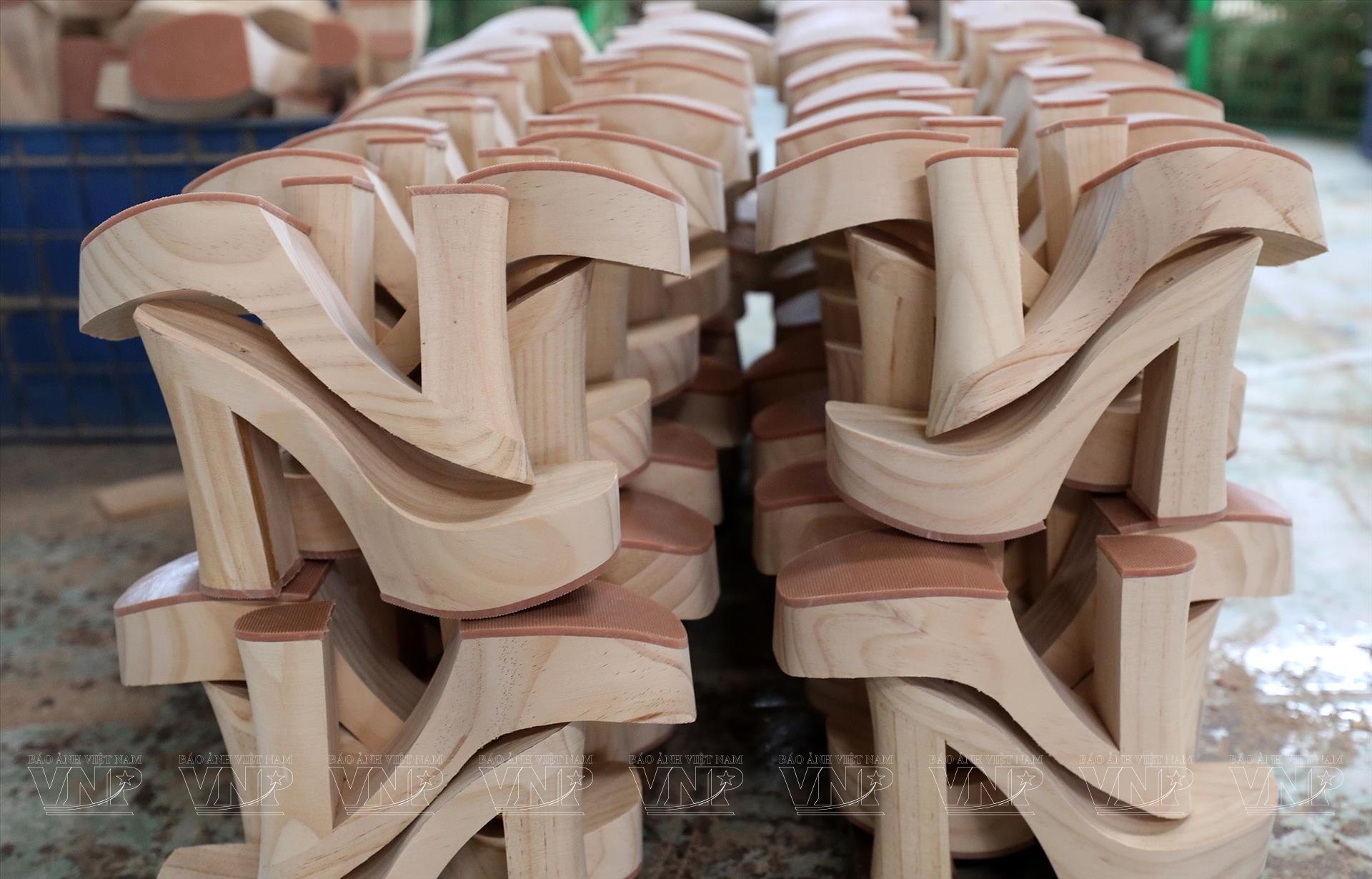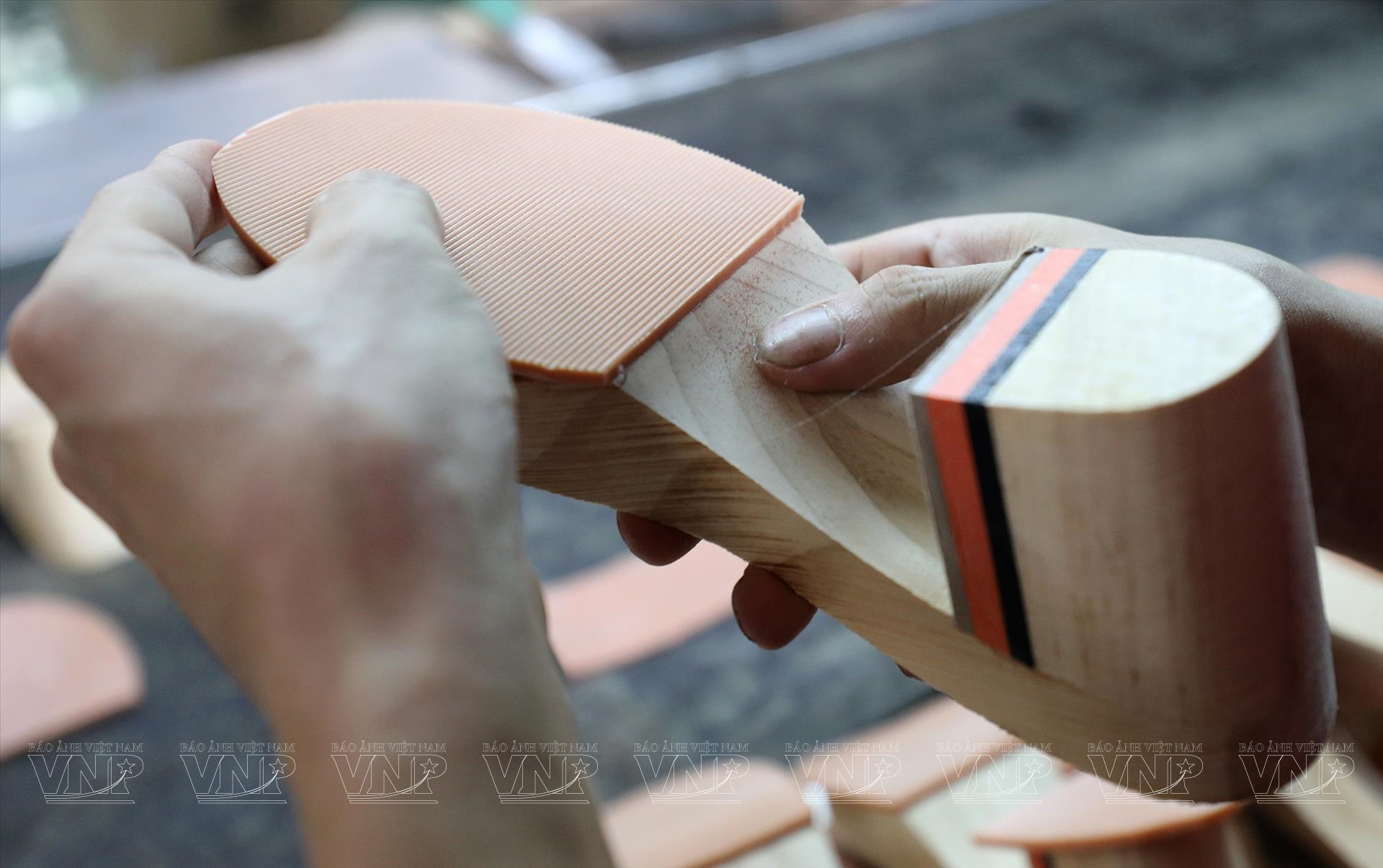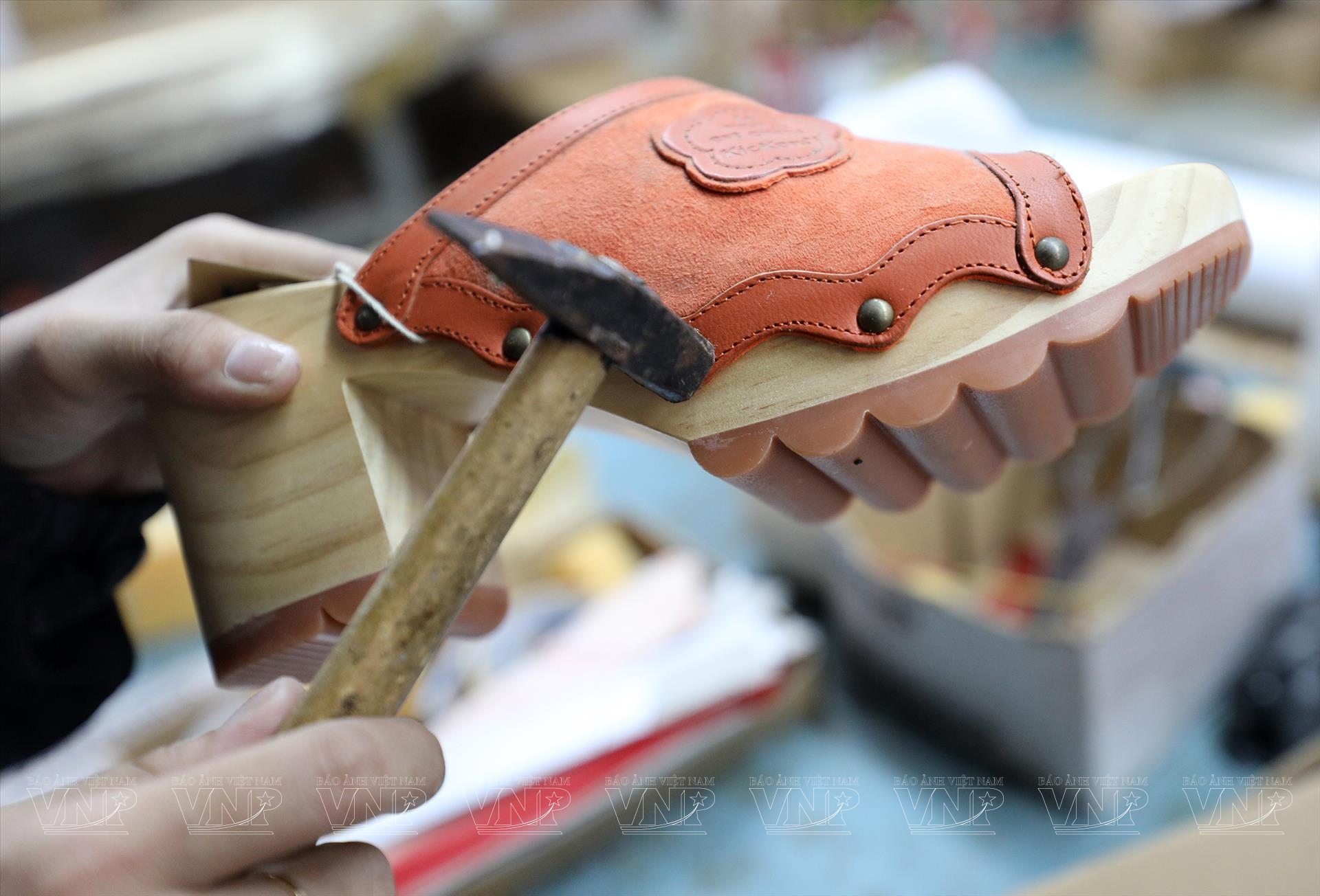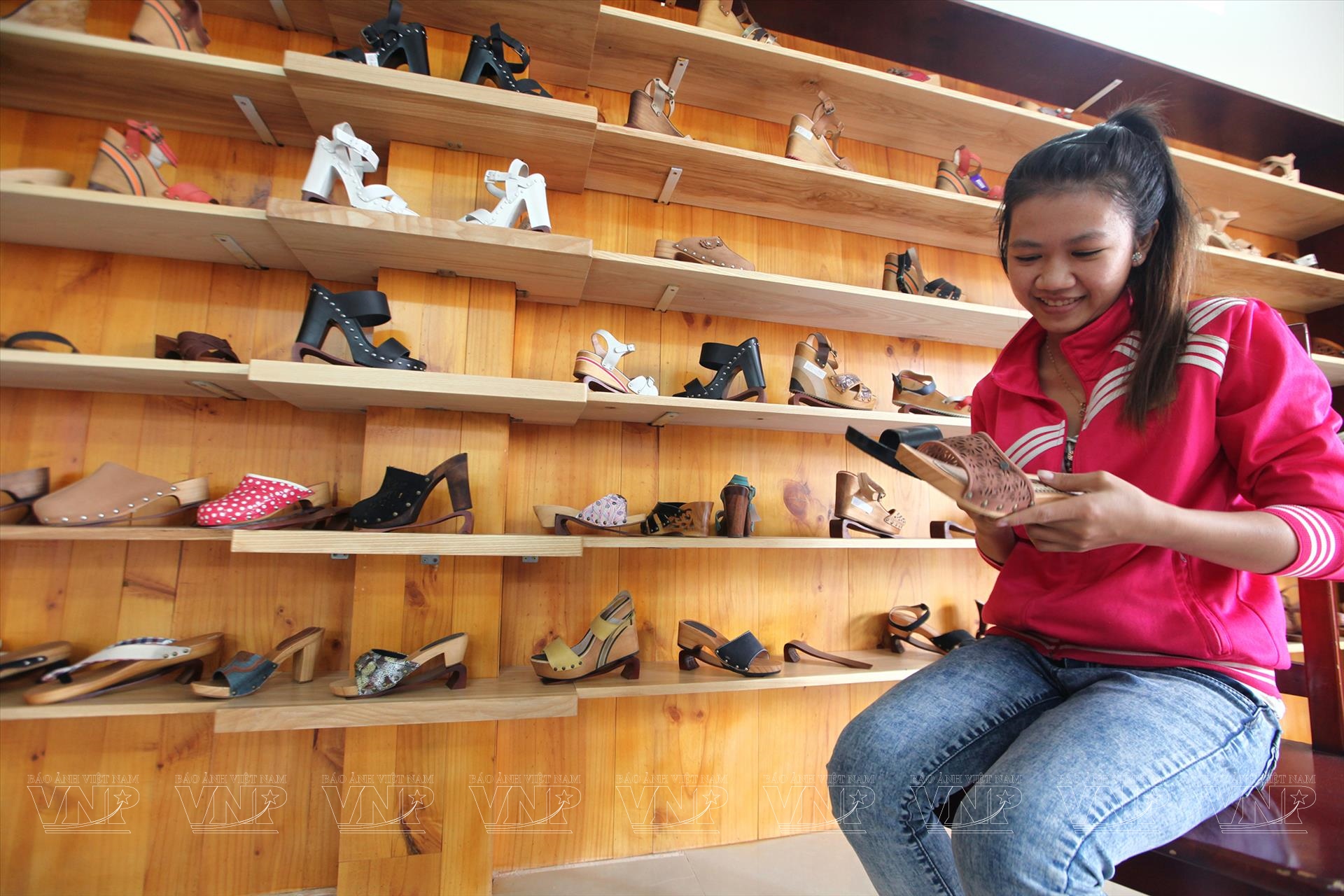Binh Nham's Wooden Sandals
The traditional craft of making wooden sandals in Binh Nham (Thuan An city, Binh Duong province) has a history of over 100 years and once was very popular throughout Southeast Asia for its durable and unique pairs of sandals.
At the beginning of the 19th century, following in the footsteps of migrants, wooden sandals began to appear in the southern provinces. During that time, not everyone had the means to buy and wear Western-style clothing or shoes. Thus wooden sandals became a fashion statement, worn by men, women, the elderly and children. The sound of sandals clacking in the alleyways signaled the arrival of guests or loved ones returning from afar. For many women, having 2-3 pairs of wooden sandals was a must - one for outings, one for market trips - as a way to express their "style" according to the standards of that era.
Wooden sandals have remained a cherished part of Vietnamese culture since ancient times, predating the introduction of leather and plastic footwear.
The materials used to make wooden sandals are typically lightweight and easy-to-carve woods such as jackfruit, mango, coconut, agar wood and pine. Craftsmen go through several stages in creating a pair of sandals. They are, cutting and shaping the wooden blocks, splitting them, rough sanding, shaping the sandal, followed by smoothing and polishing. The final steps involve attaching the sole and straps or applying decorative paint as per the customer's request.
To achieve the desired shape, the people of Binh Nham would dry the wooden blocks in ovens to remove excess moisture, resulting in lightweight sandals that were easy to wear. These drying ovens in each household were fueled by dry wood and sawdust. Once the sandal blocks were cooled, skilled craftsmen would remove any wood splinters, and the final step involved painting, attaching the straps, and producing the finished product.
As time passed, Binh Nham became known as the "capital" of wooden sandal craftsmanship in Vietnam. It not only supplies sandals to the southern provinces but also exports them to countries in Southeast Asia and Europe.
Over time, with the introduction of machinery, the process of cutting the sandal blocks and finishing them became faster. There was a time when the people of Binh Nham worked tirelessly, sacrificing sleep and meals to meet the demand for orders.
There are various types of sandals, such as plain wooden sandals, painted sandals, and sandals adorned with intricate patterns. With increasing customer demands, these sandals have become more and more creative, often incorporating other traditional crafts such as painting, hand embroidery, and beadwork to create high-value, aesthetically pleasing sandals.
Thanks to their durability and diverse designs, Binh Nham's wooden sandals have established a reputable presence in the market. Local residents continue to enhance their products by combining them with traditional lacquer paintings, resulting in eye-catching pieces with intricate designs and colors./.
By Thong Hai/VNP Translated by Hong Hanh
